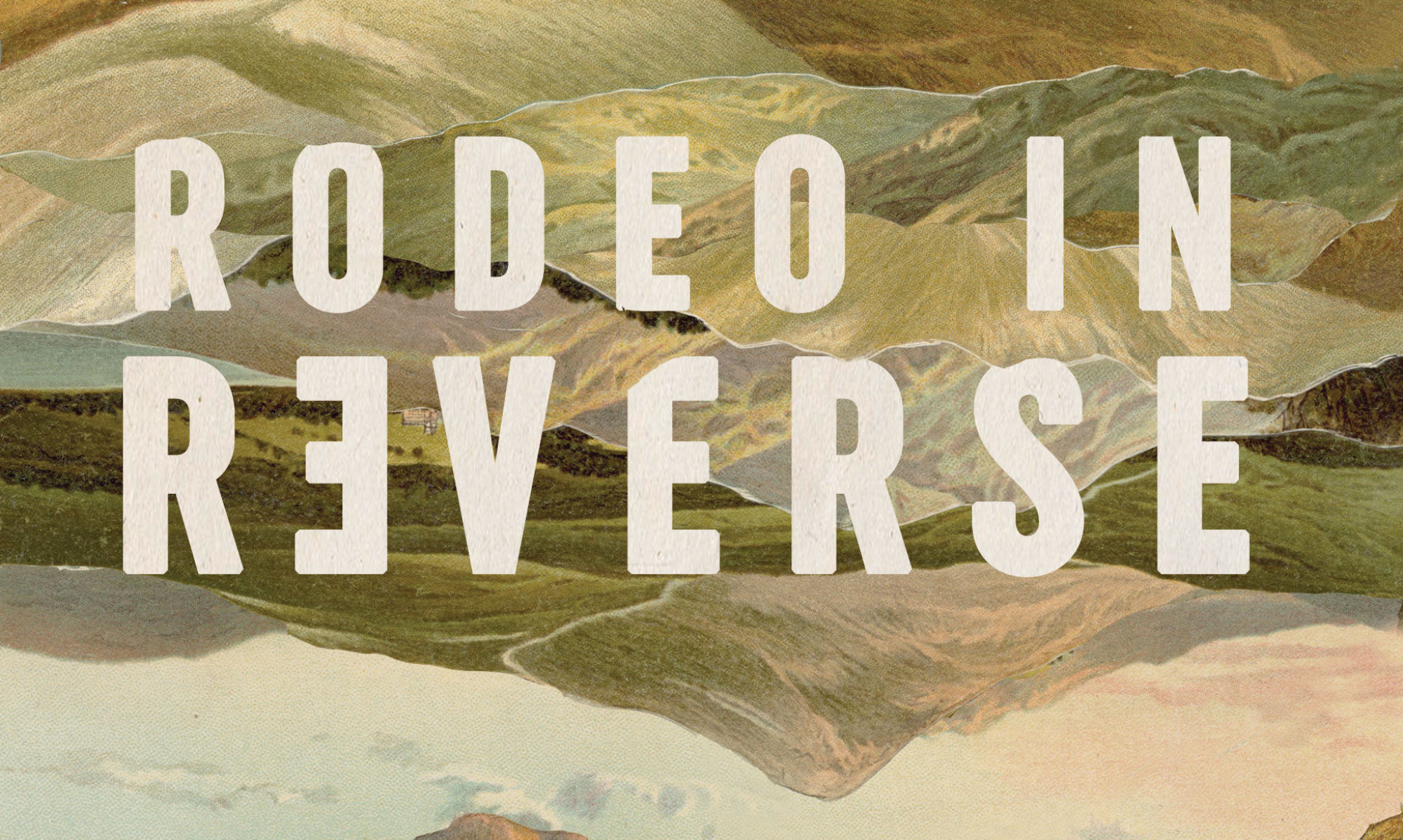
If you’ve run out of new episodes of “Great British Bakeoff,” have I got a TV show for you. This holiday season, a friend has introduced me to my new favorite show starring British gardening guru Monty Don. In “Big Dreams, Small Spaces” (available on Netflix), I get my beautiful landscape fix, my pedagogy fix, my misty-eyed optimist fix, my accent fix. Served best with tea.
Don (who I’ll heretofore refer to as Monty Don because he requires both) helps people create the gardens they’ve been dreaming of (sometimes in crayon) in their actual yards. This is urgent pleasant viewing. He sprinkles in sage advice between practi- and techni- calities.
My favorite Monty Donism so far? A compliment he gave a couple on their gardening, that they had “seriousness of intent” and “pleasure in the process.”
Wouldn’t that be lovely, to feel those two things, that paradox, with our writing? (Related: What Julia Child says it takes to be a “good cook.”)
Most of us have big dreams and small spaces for our art. We write spent after our day jobs. We watercolor, but we have to choose between better groceries or a few new tubes of paint. We dance without a studio. We practice the fingerings for our electric basses unplugged after everyone else is in bed.
On “Big Dreams, Small Spaces,” one couple turns their plot into a “small holding” (British English for tiny farm) and develops an obsession with chili peppers. One man totally busts his hump to get a pond, a pergola, and more than 50 varieties of flowers in a lawn with the foundation of an air raid shelter and a ton of bricks under the sod. A widow replants her roses, what was good from the home she shared with her late husband, into a brilliant, wild-looking cottage garden. A couple figures out how to plant seedlings in the crags of Welsch hillside.
A million purposes: pragmatic, whimsical, heartfelt, rest, work, relaxation. But all for enjoyment.
The mistake most make when they start out is forcing: forcing plants that aren’t suited, forcing plans too quickly, forcing a particular desire for a particular beauty where another is called for, forcing something to be hidden that needs sunlight. The forcing dampens the enjoyment factor.
Monty Don (or learning the hard way) convinces them to move greenhouses, to change plans, and most often, to dig. But all this to the end of resourcefulness: Growing not what we wish we could but what thrives. Funny thing, a thriving, well-tended garden is a beautiful place no matter what variety, no matter how different from what we thought we wanted.
Not forcing does mean “settling,” but “settling” has gotten a bad wrap. Feeling unsettled, I can tell you, is not great. Settling is setting down roots. Healthy roots make way for green, meaningful stretching—growth.
I prefer this show to its American counterparts because it features the work, the frustration (less often dramatic than stultifying), and the honest results of what the gardener is able to accomplish. By the end, the garden matches the gardener and her landscape; the hard work and resources blossom given the right conditions.
Often as a writer I’ve made the mistake of seeking right conditions (if only silence! and hours! and a writing group of great readers! and inspiration!) for what I want to be rather than assessing what I can grow well as who I am. When I first moved back (home again) to Indiana, I spent hours trying to find websites that would tell me I could successfully grow what I’d cultivate in Tennessee: cypress that require 12 hours of sunlight to maintain their blue, fig trees in the ground, noisettes acclimated to heat; I’ve wished I were a novelist instead of a poet. I’ve wished I wanted to be an accountant or lawyer or anything else really. I’ve applied to jobs and cried when I got called back for interviews because I didn’t want the job but felt I should want the job. I’ve drawn up many plans on graph paper of who I might be if not me, if only a different me.
But I don’t get enough sunlight for that; the fall’s too wet, the spring colder. Rather than seeking right conditions, I need to seek the right plants.
My friend, watching with me, kept saying, “You need to listen to this.” She was right.
I’ll save Monty Don the trouble this time and begin again with more openness to what is and more imagination as to what could be. I’ll first map the sun across the backyard, research native plants, figure out how to get rid of all that poison ivy on the slope, and, if I’m honest, try to think up a project that requires a digger, because those seem pretty sweet.
I’m considering now what I can cultivate in my writing that will thrive and lead to enjoyment. My 2020 wish for you is the same.









